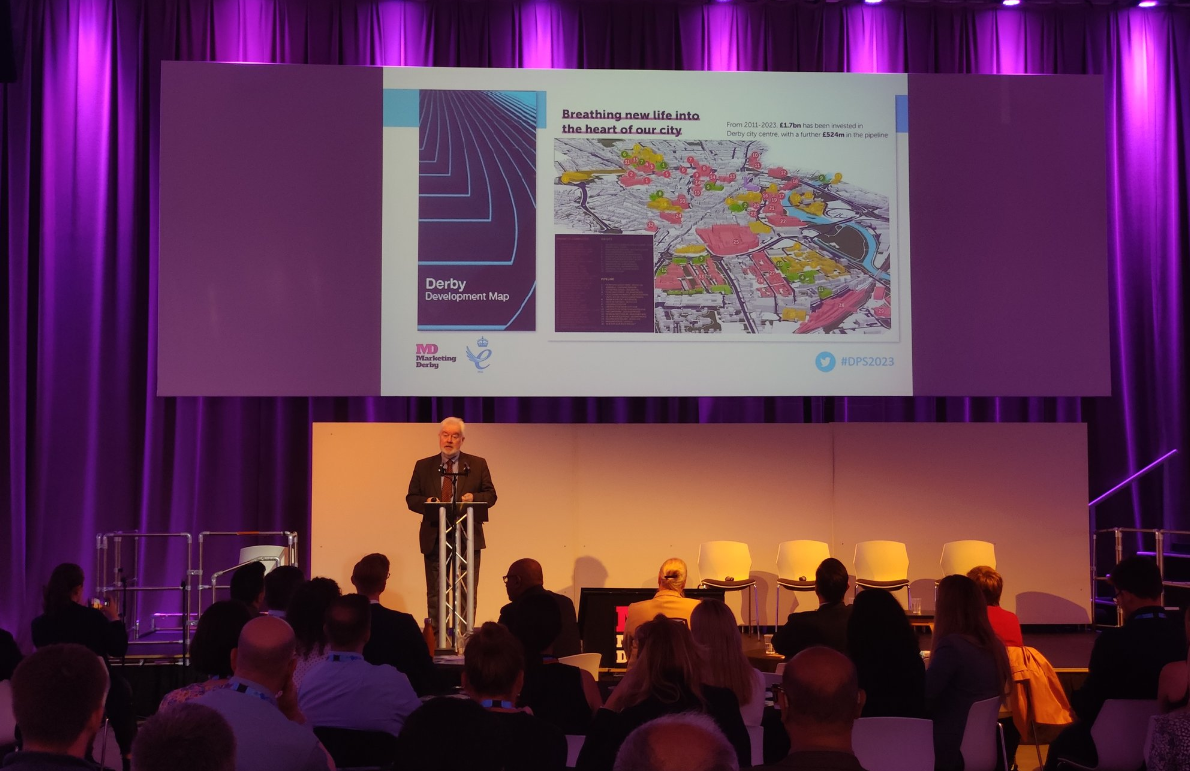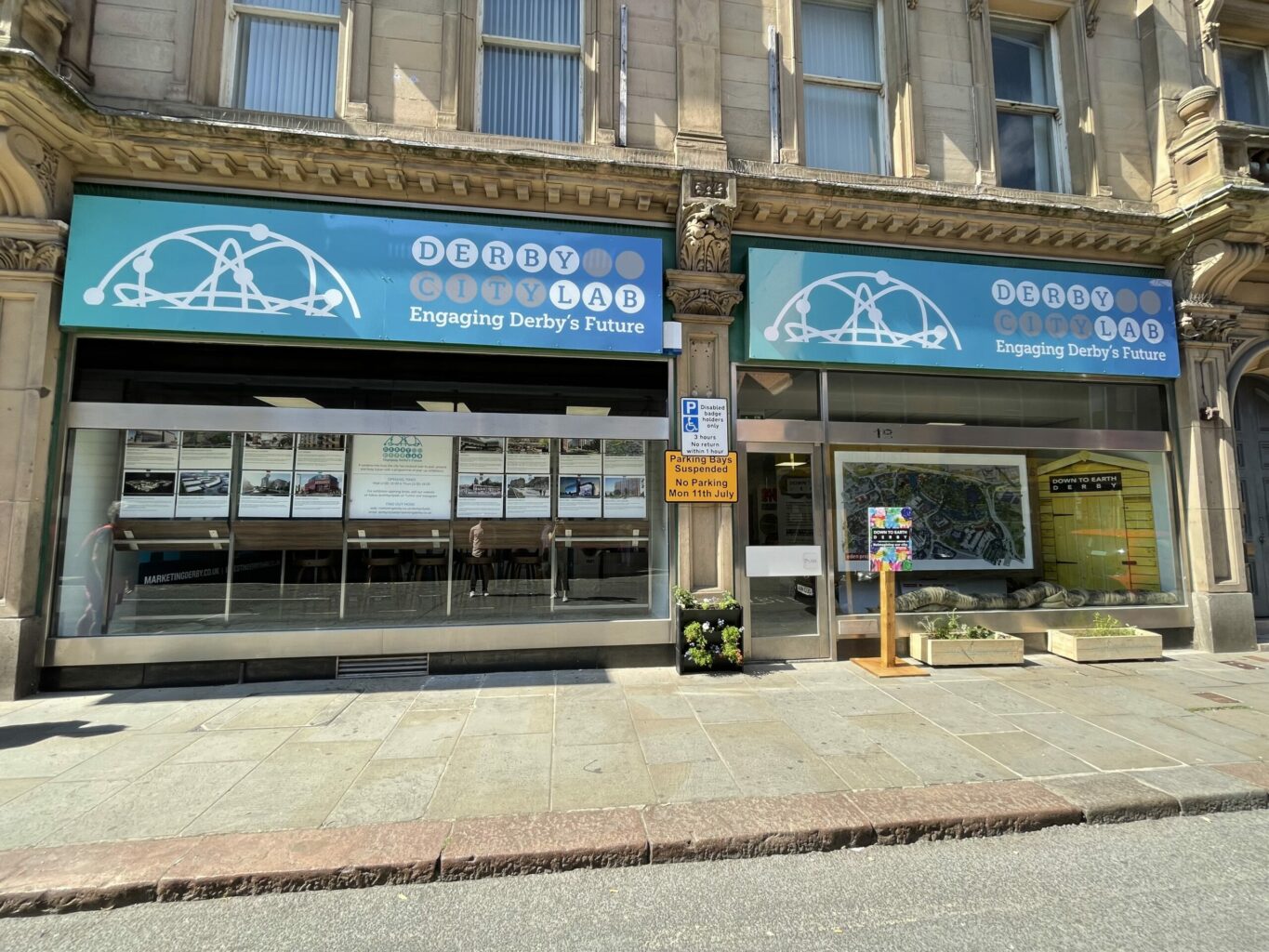Latest News | 18 September 2023
Don’t try to stop the tide…learn to ride the wave

The recent collapse of Wilko into administration represents the latest in what seems to be a never-ending series of body blows to what we used to call, the Great British High Street.
With the future of over 200 stores and 12,000 jobs threatened, Wilko marks the most significant fall from grace since the disappearance of BHS and Woolworths.
Ironically, the rise of Wilko was often quoted as a reason behind the fall of Woolworths. Retail is a cut-throat world and value-seeking customers who drifted from Woolworths to Wilko have now seemingly moved onto the likes of B&M.
Across the UK an astonishing 6,000 stores have closed during the past 5-years – the cumulative impact of the 2008 financial crash, rise of online shopping, the Covid pandemic and the cost-of-living crisis have simply proved too much for many businesses.
This, together with factors such the rise of working from home, has hollowed out many town and city centres with high street vacancies now standing at an average of 13.9%.
Derby is not immune. I walk across the city centre most days and have witnessed the gradual slip and slide, as yet another store gives up the ghost.
Like so many other places, Derby is having to face the reality that the past is exactly that – the past – and the future lies in shaping a city centre very different to what was essentially a one anchored on retail.

The customer has moved on and Derby is not alone.
Indeed, what professional jargon calls, the ‘repurposing’ of town and city centres, is now very much top of the regeneration agenda for most places.
Decline has been the direction of travel since 2008 but it was the pandemic’s lockdown in 2020 that really nailed the coffin.
That ban on movement essentially broke old habits and, as society re-emerged over 2021, new habits – working from home, rise of the suburbs and online delivery – had been adopted.
Read the regeneration or growth plan for any place and you will quickly see that repurposing is often wrapped up in an ambition to make their town or city a ‘vibrant place to live, work and play’.
Repurposing is exactly what it says, reshaping the activity of a town or city centre via a better understanding of what customers desire.
Easy to say, incredibly hard to do, as success lies in calibrating the complementary and conflicting interests of customers, landlords and occupiers.
At our recent Derby Property Summit we explored the theme ‘From Customer to Citizen – the Collective Curation of City Centres’. Attended by over 300 delegates we gathered some of the best national thinkers on the subject to share insights and clues on what repurposing might mean for Derby.

The conclusion was that whilst the ‘live, work, visit’ mantra will most definitely form the foundations of change (albeit in different mixes for different places) these must be wrapped up in a better ‘curated experience’.
Again, the word ‘experience’ may feel like another bit of professional jargon, but all customer research shows this is rapidly becoming a key differentiator. Experience includes things such as ease of access, parking, safety and attractiveness and these are no longer nice to do, they have become absolutely fundamental.
People have become ruthless in expecting city centres to better deliver on experience or they will simply go elsewhere.
In the case of Derby, the competition for the city centre is now just as likely to be Mercia Marina, Darley Abbey, Belper or even Mickleover, all of whom deliver on those core experience components.
And yet, I firmly believe that Derby city centre has a future and can create (and sustain) a new customer base. Bottom line is that suburbs and small towns cannot compete with the critical mass offer delivered by great city centres.
I have written many times about Derby’s regeneration journey and we are not starting the repurposing from ground zero. In the early 2000s there was a sense that Derby needed to step up its game as we lost much of the wealth we created to other centres, most especially Nottingham and Meadowhall.
The first city centre masterplan was launched in 2005 and its debut iteration was the launch of Westfield Derby in 2007, quickly followed by the opening of the Quad and Riverlights. Since then £1.7billion has been invested into the central Derby with £524million in the pipeline.
Many find this hard to believe which is why last year we opened the Derby City Lab on St James’s Street to provide a showcase for the city’s past, present and future.

The Lab has been incredibly well received by its visitors (now running into the thousands) and indeed the prestigious Estates Gazette Awards has shortlisted it as the UK’s Public-Private-Partnership of the Year (and incidentally Derby as City of the Year, together with Birmingham and Cardiff).
Recent market research shows that, since Covid, Derby has actually grown its market share in the hinterland (rising from 11.5% to 27%) most especially with affluent demographics (rising from 13% to 19%).
In truth the dominant attraction is the Derbion (48% of every visit to the city in 2022 went into that centre) but there is a clear opportunity to spread this across the rest of the city centre.
Progress is evident.
Outside my office is the newly-opened Condor, offering 259 quality city living apartments, a £37m investment by London-based Grainger. Across the road, Bowmer and Kirkland have started construction of the £45m Performance Venue being funded by Derby City Council. Down the road there are a series of tower cranes indicating the University of Derby’s £70m Business School. In the other direction is the City Council’s £35m Market Hall.

The £187m represented by these 4 mega-schemes is complemented by numerous small to medium investments currently under way or planned.
One of history’s most misunderstood characters is King Canute who, far from trying to stop the tide, was trying to illustrate its inevitability.
Our task is not to stop the tide but to better understand how to deal with it.


